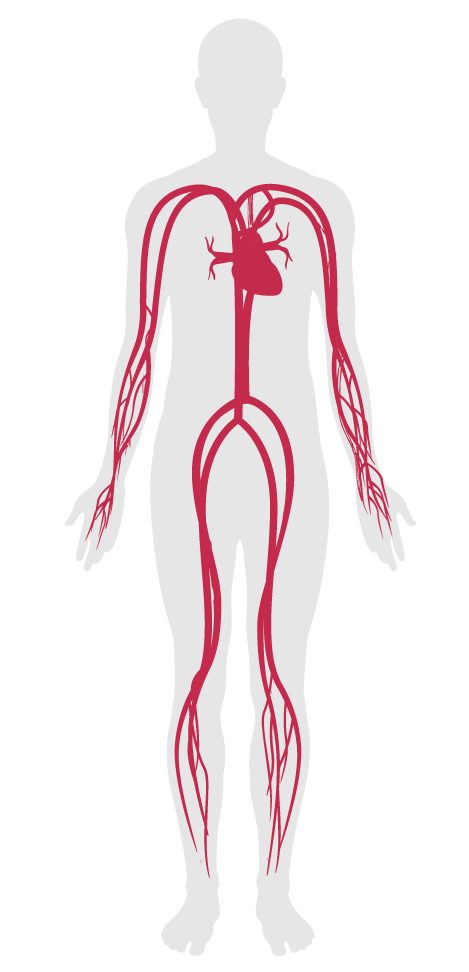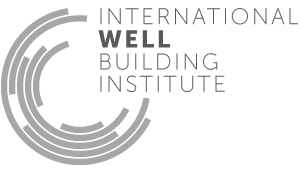Self-monitoring
- 83 Radiant thermal comfort
- 84 Health and wellness awareness
- 85 Integrative design
- 86 Post-occupancy surveys
- 87 Beauty and design I
- 88 Biophilia I - qualitative
- 89 Adaptable spaces
- 90 Healthy sleep policy
- 91 Business travel
- 92 Building health policy
- 93 Workplace family support
- 94 Self-monitoring
- 95 Stress and addiction treatment
- 96 Altruism
- 97 Material transparency
- 98 JUST organization
- 99 Beauty and design II
- 100 Biophilia II - quantitative
- 101 Innovation feature I
- 204 Impact reducing flooring
- 205 Health through housing equity
94. Self-monitoring
Self-monitoring devices that accurately observe and quantify changes to the body over time show great promise in promoting awareness of one's health status. These technologies can provide a powerful tool for gaining personal insight into the physiological states of the body, thereby encouraging positive behavioral and lifestyle changes.
This feature requires that employers offer to each employee for his/her personal use a self-monitoring device that accurately measures and tracks biomarkers associated with occupant health and wellness, including, but not limited to, heart rate variability, sleep quality and duration, activity levels and body mass.
The following are provided, at a minimum, at all sink locations:

Applicability Matrix
| Core & Shell | Tenant Improvement | New Construction | |
|---|---|---|---|
| Part 1: Hand Washing Supplies | - | P | P |
| Commercial Kitchen | Schools | Multifamily Residential | Restaurant | Retail | |
|---|---|---|---|---|---|
| Part 1: Hand Washing Supplies | P | O | - | P | P |
Verification Methods Matrix
| Letters of Assurance | Annotated Documents | On-Site Checks | |
|---|---|---|---|
|
PART 1 (Protocol) Hand Washing Supplies |
Operations Schedule | Spot Check |
| 94.1.b |
Community Preventive Services Task Force’s Technology_supported Multicomponent Coaching or Counseling Interventions to Reduce Weight and Maintain Weight Loss recommends technology-supported interventions, including the use of pedometers. |
| 94.1.a |
The NHLBI Obesity Education Initiative’s "Practical Guide: Identification, Evaluation, and Treatment of Overweight and Obesity in Adults" states that self-monitoring a behavior usually changes that behavior in the desired direction. |
